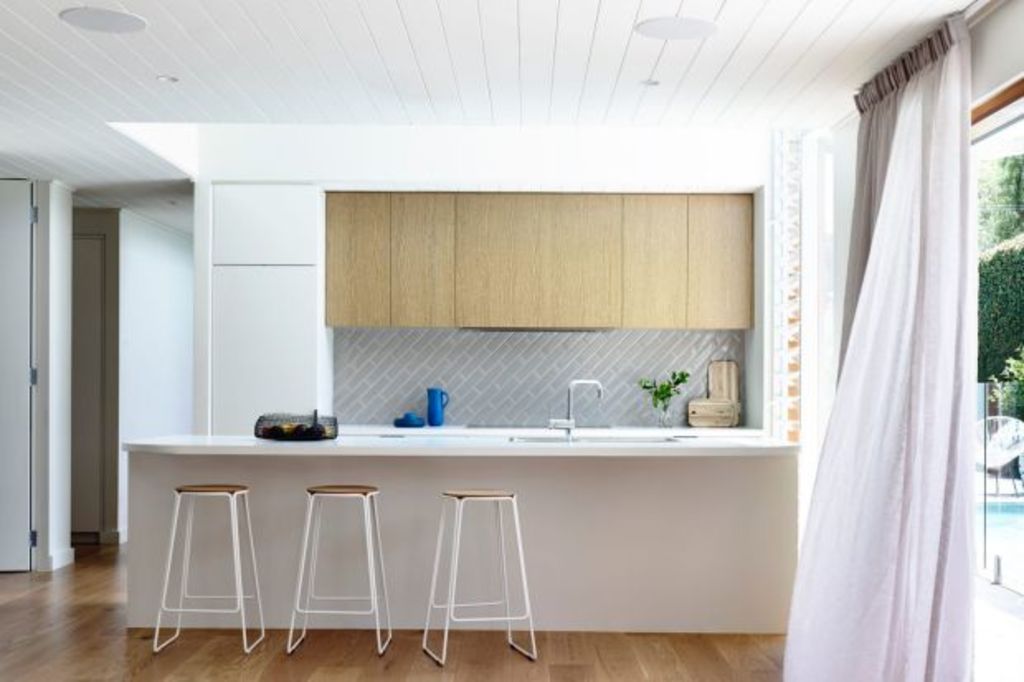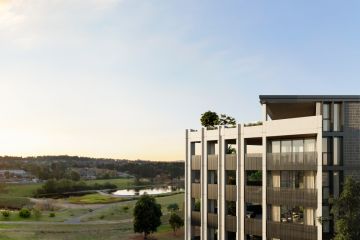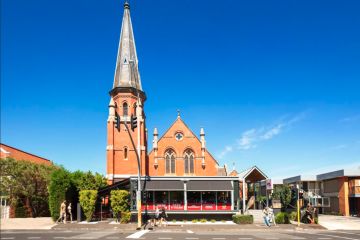Makeover: Kitchens and the progress made

No high-end kitchen is considered complete these days without a butler’s pantry – even if most of us, ahem, can’t afford the butler to go in it.
In country houses, the butler’s pantry is a large utility room used for the cleaning, counting and storage of silver – but in modern houses, the term is used as a catch-all phrase to describe a walk-in pantry with lots of storage, often equipped with facilities such as a sink, workspace and dishwasher.
With the trend towards kitchens looking like beautiful furniture, the appeal of a room where the mess of preparing and consuming meals can be hidden away behind closed doors becomes evident.
In terms of advances in materials, perhaps nowhere in the house has benefited more than the kitchen benchtop. Corian (the commercial name for a manmade resin derived from bauxite ore) and porcelain allow for durable benchtops made of a single sheet of material. In natural stones, quartzite benchtops provide the luxurious aesthetic of Carrera marble with a much harder-wearing material.
Mardi Doherty, director of Melbourne-based Doherty Design Studio, says the current direction is focused on interesting joinery and lighting.
“There’s a lot more concealed lighting in kitchens – a lot less reliance on pendants,” she says.
“We’ve done a few kitchens where we put in tube downlights. If there is a pendant, it’s smaller and towards the end of the kitchen bench. We don’t centre or put in four or five.”
When it comes to colour schemes, neutrals still predominate – and classic stainless steel is making a comeback in taps and basins as the trend for brass subsides.
Druce Davey, founder of Greener Kitchens, a Brisbane-based building and design company that focuses on responsibly-sourced timber, says his kitchens are heavily informed by white, blacks or grey-greens combined with timber.
“It’s about having a palette that connects to the outdoors — it makes a space feel bigger and more tranquil — and using natural materials that look better with age,” Mr Davey, who is also an ambassador for the Forest Stewardship Council, explains.
Open shelving can be used to update the space on a seasonal basis, or simply when the homeowner feels like a changing the look.
“In summer, it can be full of greenery. In winter, it can be full of artwork,” he says.
We recommend
We thought you might like
States
Capital Cities
Capital Cities - Rentals
Popular Areas
Allhomes
More







